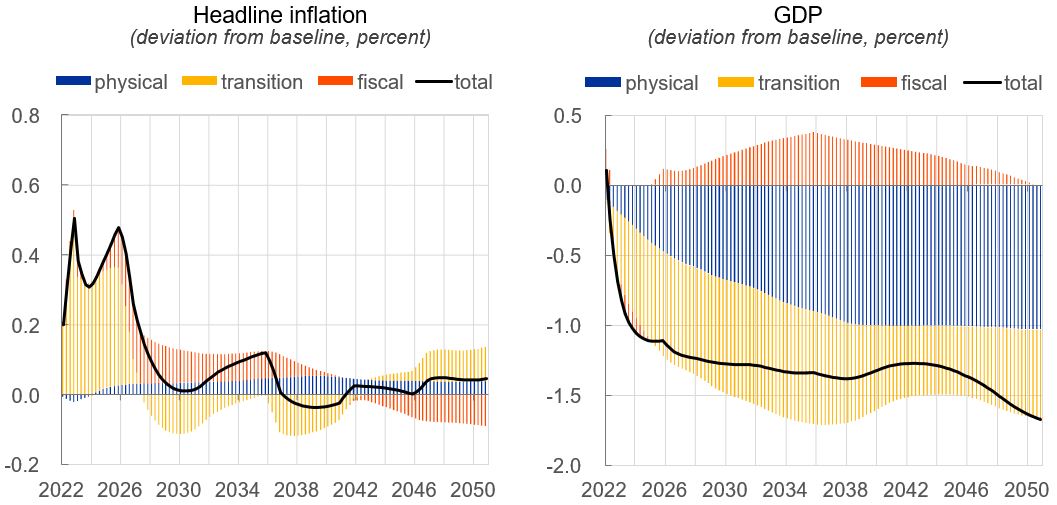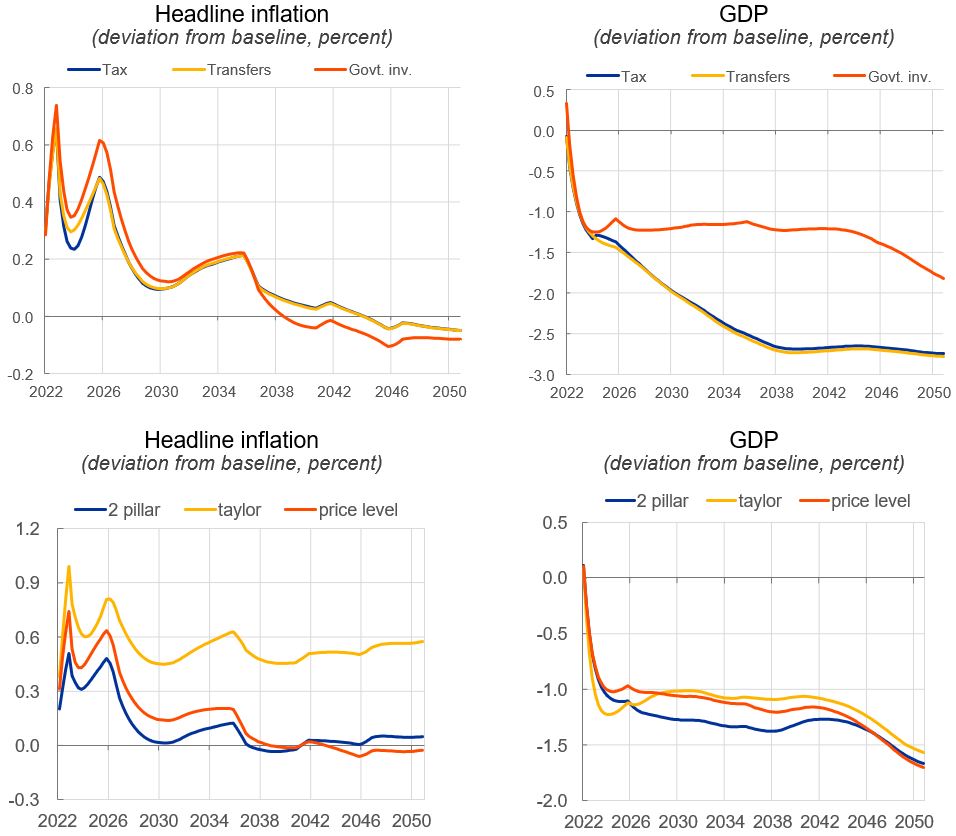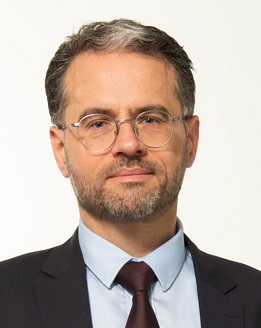References
Bertram, C., Hilaire, J., Kriegler, E., Beck, T., Bresch, D., Clarke, L., Cui, R., Edmonds, J., Charles, M., Zhao, A., Kropf, C., Sauer, I., Lejeune, Q., Pfleiderer, P., Min, J., Piontek, F., Rogelj, J., Schleussner, C.F., Sferra, F., van Ruijven, B., Yu, S., Holland, D., Liadze, I. and Hurst, I. (2021), “NGFS Climate Scenarios Database: Technical Documentation V2.2”, NGFS, June.
Darracq Pariès, M., Dees, S., Hurst, I. and Liadze, I. (2022), “Climate Scenarios Sensitivity Analysis to Macroeconomic Policy Assumptions”, Technical Document, September.
Darracq Pariès, M., Dées, S., De Gaye, A., Parisi, L. and Sun, Y. (2023). NGFS climate scenarios for the euro area: role of fiscal and monetary policy conduct, Occasional Paper Series 336, European Central Bank.
Financial Stability Board and Network for Greening the Financial System (2022), “Climate Scenario Analysis by Jurisdictions: initial findings and lessons”, November.
Hantzsche, A., Lopresto, M. and Young, G. (2018), “Using NiGEM in uncertain times: Introduction and overview of NiGEM”, National Institute Economic Review, Issue 244, National Institute of Economic and Social Research, May.
Intergovernmental Panel on Climate Change (2022), “Climate Change 2022: Mitigation of Climate Change. Contribution of Working Group III to the Sixth Assessment Report of the
Intergovernmental Panel on Climate Change”, April.
Network for Greening the Financial System (2021), “NGFS climate scenarios for central banks and supervisors”, June.
Network for Greening the Financial System (2022a), “Running the NGFS Scenarios in G-Cubed: A Tale of Two Modelling Frameworks”, NGFS Occasional Papers, June.
Network for Greening the Financial System (2022b), “NGFS climate scenarios for central banks and supervisors”, September.
Network for Greening the Financial System (2023a), “NGFS climate scenarios for central banks and supervisors”, November.
Network for Greening the Financial System (2023b), “Conceptual note on short-term climate scenarios, September.









